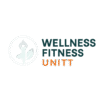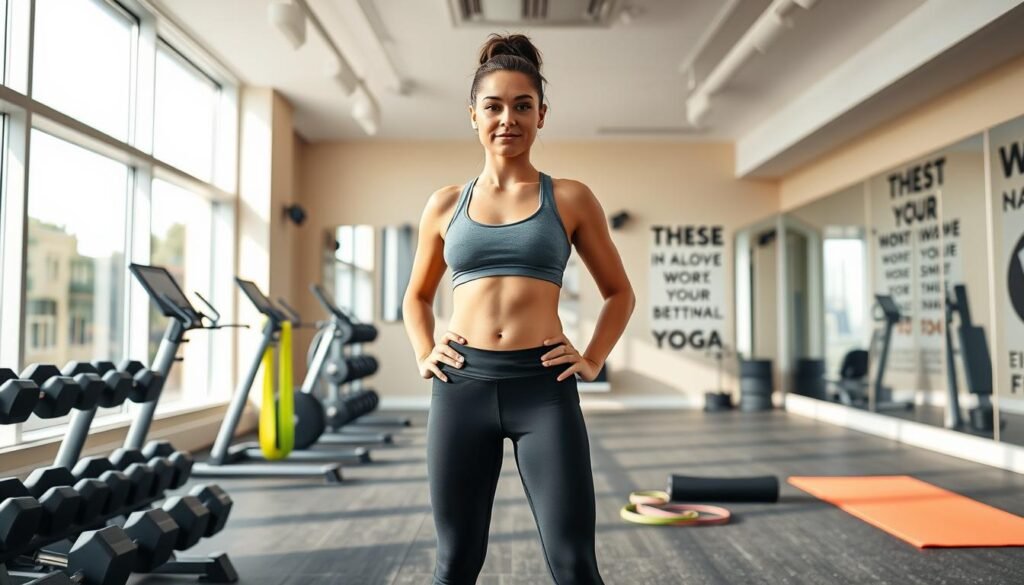Starting an exercise routine can feel overwhelming, but it doesn’t have to be. You might want to boost your energy, sleep better, or build healthier habits. Small, consistent steps lead to lasting results. The CDC says regular exercise can cut chronic disease risks by up to 40% and boost your mood.
Many new exercisers worry about time or “doing it wrong.” But the truth is, adaptability is key, not perfection. A personalized fitness plan helps you work smarter, fitting your lifestyle and goals.
This guide offers practical tips to overcome common challenges. You’ll learn to set realistic goals, stay motivated, and avoid burnout. Remember, every marathon runner began with a single step.
Key Takeaways
- Consistency beats intensity for building sustainable exercise habits
- Physical activity improves sleep quality and reduces disease risks
- Personalized plans increase long-term success rates
- Proper technique prevents injuries and maximizes results
- SMART goals help track progress and maintain focus
Understand Your Fitness Goals
Fitness coach Dan Peters says, “Small steps lead to big transformations”. This is true for setting fitness goals. Before you start, think about what success means to you. This helps avoid burnout and keeps you focused.
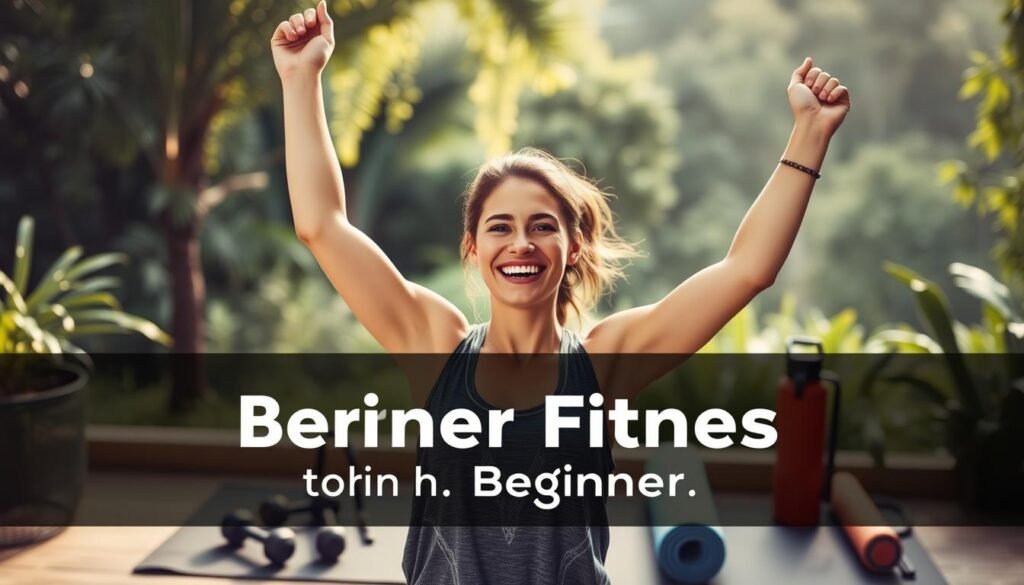
Identify What You Want to Achieve
Use the SMART framework to shape your goals:
- Specific: “I’ll run a 5K” beats “I want to get fit”
- Measurable: Track progress with apps or journals
- Attainable: Start with 15-minute walks if you’re new to exercise
- Relevant: Align goals with your lifestyle (e.g., weight loss vs. stamina building)
- Time-bound: “Lose 8 pounds in 12 weeks” sets clear deadlines
Not sure where to begin? Ask yourself: “What makes me excited to move my body?” If dancing excites you, try Zumba before the treadmill. Learn more about how to start exercising.
Set Realistic Expectations
Don’t compare yourself to others. Your friend might post marathon medals, but start with consistency:
“Celebrate showing up three times weekly before chasing personal records.”
Try this self-check questionnaire:
- Can I maintain this routine during busy weeks?
- Does this goal improve my health without extreme measures?
- Am I allowing flexibility for rest days?
Remember, progress isn’t always straight. Building lasting habits is more important than quick results. Follow beginner fitness success tips for a sustainable journey.
Start with a Balanced Routine
Think of your fitness journey like conducting an orchestra. Each element plays a key role in harmony. A beginner-friendly fitness routine focuses on cardio, strength, and flexibility. These three pillars build a strong foundation and reduce injury risks.
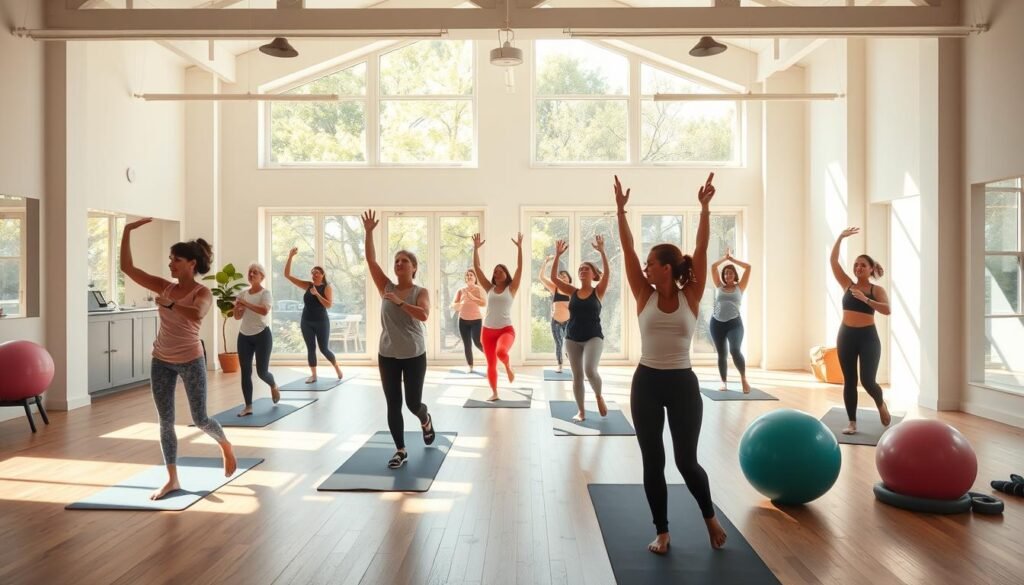
Include Cardio, Strength, and Flexibility
Cardio gets your heart rate up – try brisk walking or dancing. Strength training can be done with bodyweight exercises or resistance bands. Flexibility exercises like yoga or dynamic stretches keep muscles flexible. Here’s a simple weekly plan:
- Monday: 20-minute walk + 10-minute yoga flow
- Wednesday: Bodyweight circuit (squats, push-ups, planks)
- Friday: Dance workout + post-exercise stretching
The Mayo Clinic says balancing these elements is key. Start with 30-minute sessions and increase intensity as you get stronger.
Mix Up Your Workouts
Variety is your secret weapon against plateaus. Switch between different formats to keep things interesting:
| Workout Type | Beginner-Friendly Options | Weekly Frequency |
|---|---|---|
| Low-Impact Cardio | Swimming, cycling | 2-3 sessions |
| Strength Building | Resistance bands, light dumbbells | 2 sessions |
| Flexibility Focus | Yoga, Pilates | 1-2 sessions |
Try “exercise stacking” – combine a 10-minute strength drill with 15 minutes of cardio. This method keeps workouts manageable and effective. Remember, consistency is more important than intensity for lasting habits.
Learn the Basics of Nutrition
Fueling your body right is as key as your workout when starting fitness. Think of food as your personal energy source. The right mix keeps you going through every squat, jog, or yoga session.
Build Balanced Meals Without Overcomplicating
Forget strict diet rules. Use the MyPlate method as your guide: fill half your plate with colorful veggies/fruits, one-quarter with lean proteins like chicken or beans, and the rest with whole grains. Keep these staples on your beginner grocery list:
- Frozen mixed vegetables (quick & nutrient-packed)
- Pre-cooked quinoa or brown rice
- Greek yogurt for protein-packed snacks
“No single ‘perfect’ diet exists – consistency beats perfection every time.”
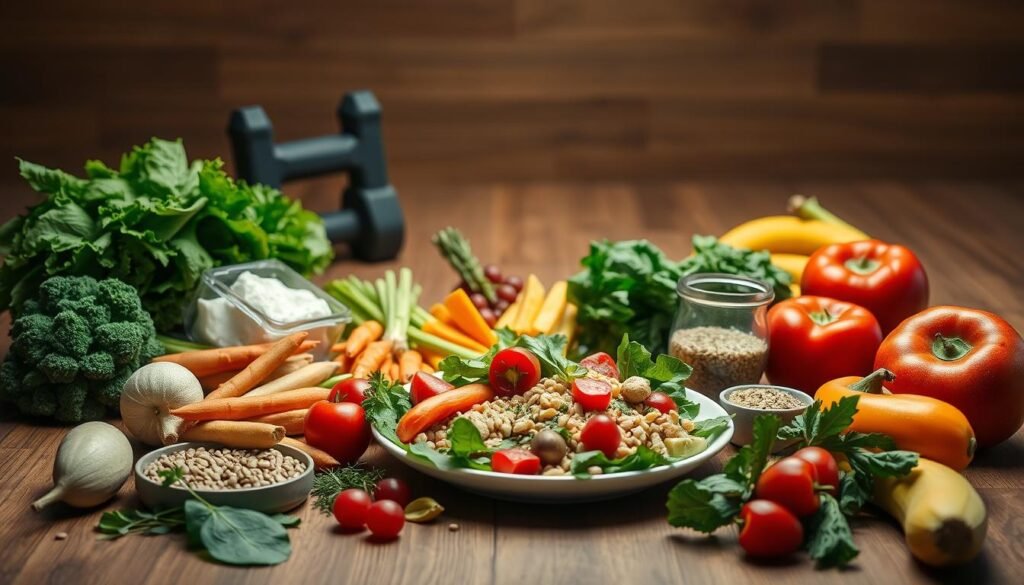
Hydration Made Simple
Water does more than quench thirst – it lubricates joints and helps muscles recover. Aim for ½ to 1 ounce per pound of body weight daily. Try these easy upgrades if plain water bores you:
- Add cucumber + mint to your water bottle
- Freeze berries into ice cubes
Time your intake strategically: drink 16oz 30 minutes before workouts, and sip 4-6oz every 15 minutes during exercise. Notice your urine color – pale yellow means you’re on track.
| Activity Level | Daily Water Goal | Pre-Workout Tip |
|---|---|---|
| Light Exercise | 8-10 cups | 1 glass 30min prior |
| Intense Training | 12-16 cups | Add electrolyte tablet |
Find an Activity You Enjoy
Finding activities you love is key to keeping up with fitness. Don’t force yourself into boring routines. Try different movements that make you happy, even if they’re not traditional exercise.
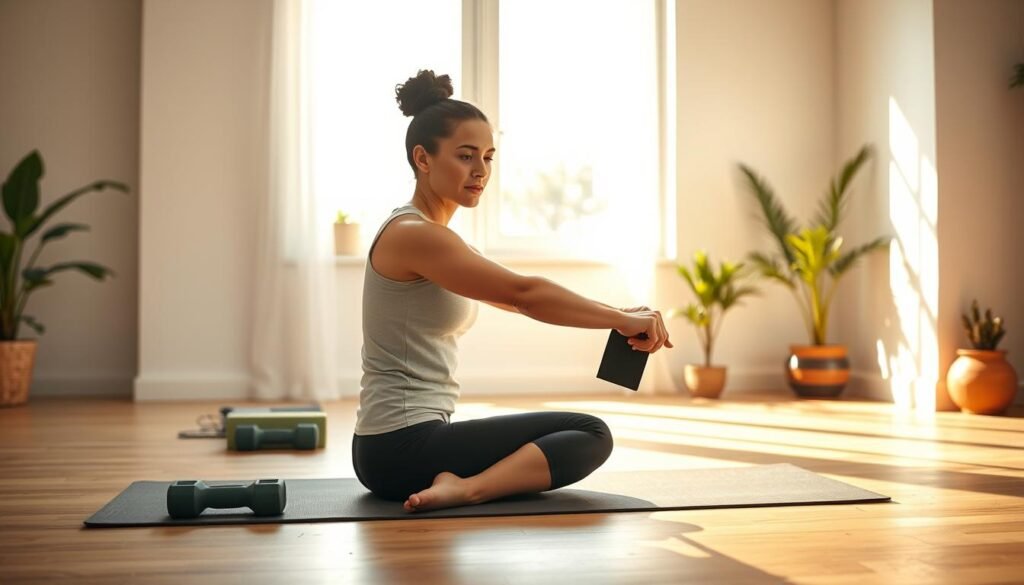
Test-Drive Beginner-Friendly Workouts
New to fitness? Start with these easy activities to build confidence:
- Dance fitness apps like Zumba or Grokker – learn moves at your own pace
- Recreational sports leagues with beginner divisions (kickball anyone?)
- Nature walks paired with scavenger hunt apps
- Yoga flows using YouTube tutorials
Local community centers often offer trial classes for activities like aquatic aerobics or pickleball. Many gyms provide free introductory sessions. Take advantage to try equipment without pressure.
Group Activities Boost Motivation
Social workouts mix exercise with fun. SilverSneakers classes are great for older adults, while Burn Boot Camp offers options for all. Consider these group formats:
- Outdoor boot camps in parks
- Non-competitive cycling clubs
- Beginner martial arts workshops
“You’re 50% more likely to keep exercising when it’s with friends,” a Journal of Sport Psychology study found. Apps like Meetup help find local groups that match your interests and skill level.
Invest in Proper Gear
Starting your fitness journey doesn’t need a lot of expensive gear. But, having the right essentials can make you more comfortable and prevent injuries. Think of gear as tools that help you do better, not just fancy accessories. Let’s look at what’s really important for beginners.
Choosing the Right Footwear
Your shoes are the base of every workout. The wrong pair can cause blisters, shin splints, or more. Here’s how to choose the right ones:
- Cross-trainers ($60–$100): Great for mixed workouts like weightlifting, aerobics, or HIIT. They support your feet for side-to-side moves.
- Running shoes ($80–$120): Made for moving forward with extra cushioning. Use these if you mainly jog.
Go to specialty stores for a gait analysis—they often do free fittings. Change your shoes every 300–500 miles to keep support.
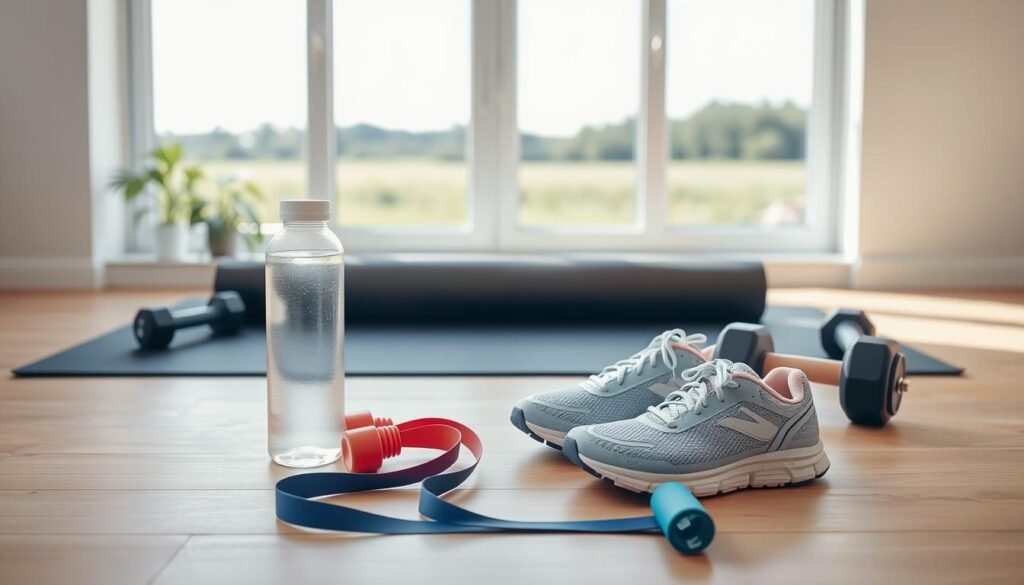
Apparel for Comfort and Performance
Clothes play a big role. Moisture-wicking fabrics keep you dry during hard workouts. Stay away from cotton—it holds moisture and can cause irritation.
“Seamless construction reduces irritation, especially during repetitive movements like cycling or yoga.”
Look for these features in affordable options ($15–$40 per piece):
- Flatlock seams to prevent rubbing
- Four-way stretch for full range of motion
- Breathable mesh panels
You don’t need to spend a lot on designer labels. Big retailers have quality basics in this price range.
Create a Schedule and Stick to It
Starting a workout routine means planning ahead. Whether you have a 9-5 job or a busy home, setting aside time for exercise is key. Let’s look at how to make fitness a must-do part of your day.
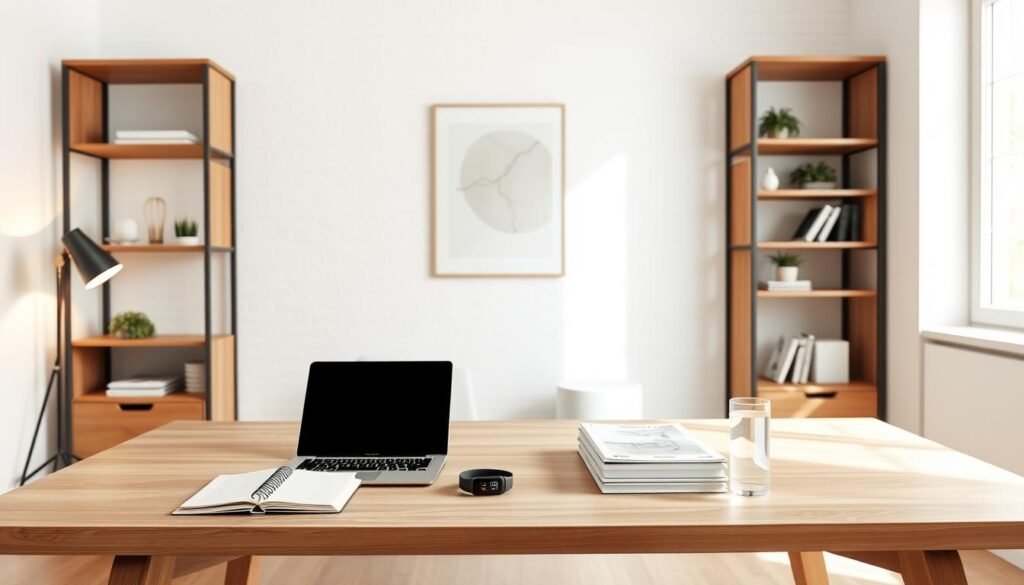
Consistency is Key
Fitness coach Dan Peters says, “Three 20-minute workouts beat one perfect hour every time.” Begin with small steps by habit-stacking. This means doing exercises during your daily routines, like morning coffee or lunch breaks. For instance:
- 15-minute yoga after your first cup of coffee
- Evening walks while listening to podcasts
- Bodyweight exercises during TV commercial breaks
Here are some time-block ideas for busy days:
| Work Schedule | Morning Routine | Evening Routine |
|---|---|---|
| 8 AM – 5 PM | 6:30 AM: 25-min cardio | 6:15 PM: Strength training |
| Shift Work | Post-shower stretches | 15-min core before bed |
Make Time for Yourself
Missed a workout? Reset, don’t quit. Replace missed workouts with active recovery like walking meetings or stair climbs. Keep your schedule by:
- Blocking calendar slots as “personal appointments”
- Preparing gym bags the night before
- Using commute time for walking/running errands
Remember, your fitness journey isn’t about being perfect. Even short breaks, like 10 minutes, help build lasting habits. Change your plan as needed to keep it doable.
Monitor Your Progress
Seeing results is a big motivator in your fitness journey. Tracking your efforts helps you see patterns, celebrate wins, and make changes when needed. You can use pen and paper or digital tools. Being consistent in tracking helps you stay on track with your goals.
Keep a Workout Journal
A workout journal is like your personal fitness diary. Write down exercises, sets, reps, and how you felt during each session. Non-scale victories like better stamina or sleep quality are just as important as weight changes. For example:
- Noting when you first completed 10 push-ups without stopping
- Tracking increased flexibility in your hamstrings over 3 weeks
“What gets measured gets managed. Your journal turns random workouts into intentional progress.”
Use Fitness Apps for Tracking
Apps like Nike Training Club and MyFitnessPal make tracking easy for beginners. These tools offer:
- Guided workout plans with built-in timers
- Calorie and macronutrient tracking
- Community challenges to boost motivation
MyFitnessPal’s barcode scanner lets you log meals fast, while Nike’s app shows video demonstrations for proper form. Both work with wearable devices to track steps and heart rate automatically.
Join a Community or Fitness Group
Starting a fitness journey alone can feel overwhelming. But, you don’t have to do it by yourself. Connecting with others who share your goals can make it more fun and motivating. Whether you like meeting in person or online, there’s a group ready to support you.
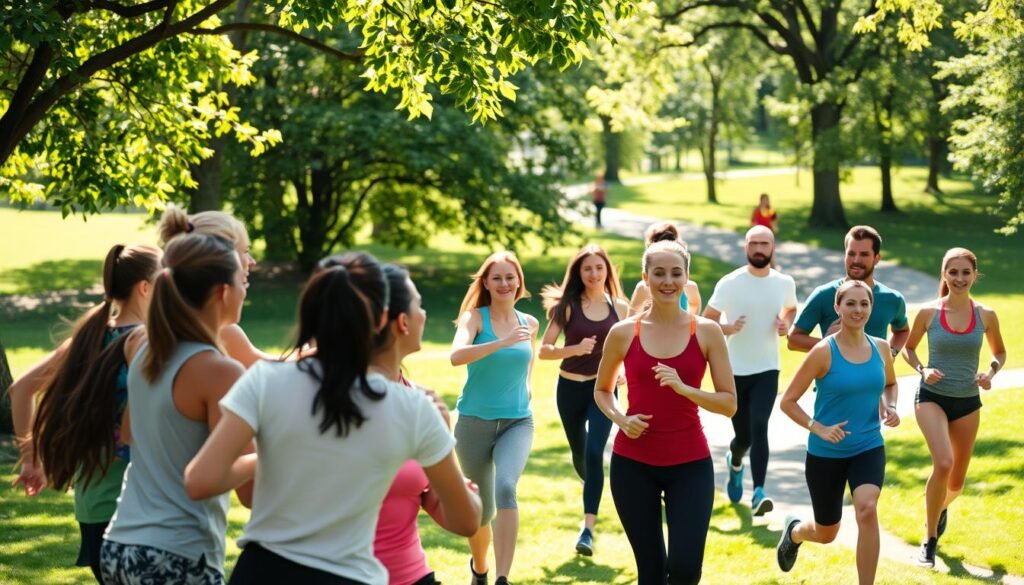
Benefits of Social Support
Being around people who think like you can make workouts more enjoyable. Here’s why it’s important:
- Motivation boost: Seeing others succeed can motivate you to keep going.
- Accountability: It’s harder to skip a workout when someone is counting on you.
- Skill sharing: You can learn new tips and tricks from your peers.
“Fitness communities turn ‘I have to’ into ‘I get to.'”
Resources for Beginners
Looking for a fitness community? Here are some great options for beginners:
- Local meetups: Sites like Meetup offer walking clubs, yoga, and beginner bootcamps.
- Reddit forums: Join subreddits like r/Fitness or r/beginnerfitness for constant support.
- SilverSneakers: Many insurance plans give free access to gym classes for seniors.
Feeling shy at the gym? Try these conversation starters:
- “What’s your favorite machine here?”
- “How long have you been working with this trainer?”
- “Do you prefer morning or evening workouts?”
Listen to Your Body
Your body is trying to tell you something—are you listening? It’s one of the simple fitness tips for newbies to avoid injuries and create lasting habits. Whether you’re lifting weights or practicing yoga, paying attention is key. For instance, learning to listen to your body can make all the difference between making progress and feeling burnt out.
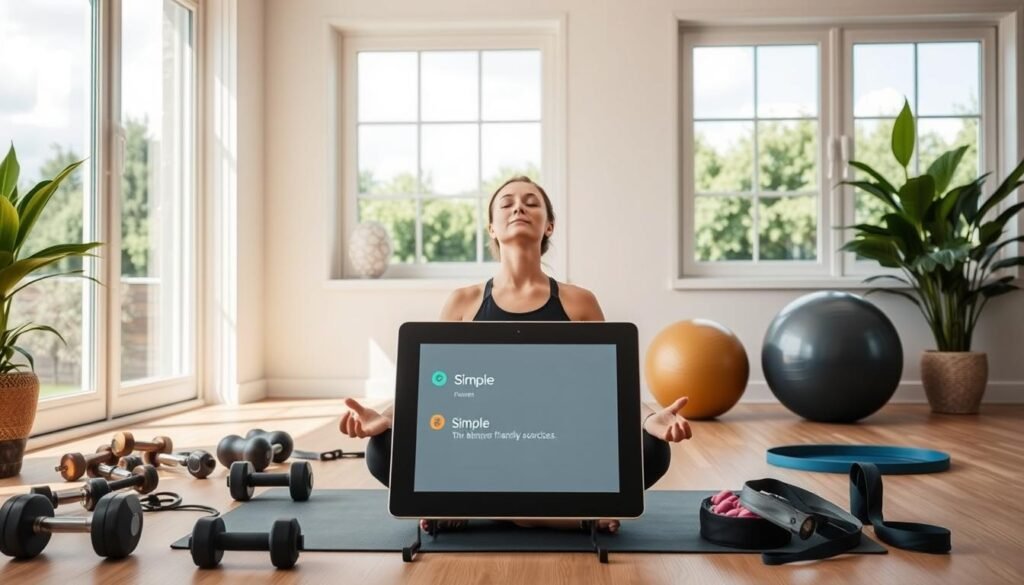
Signs of Overexertion
It’s okay to push yourself, but don’t ignore the warning signs. Look out for these red flags:
- Persistent muscle soreness lasting over 72 hours
- Fatigue that interferes with daily tasks
- Unusual irritability or trouble sleeping
- Decreased workout performance
- Elevated resting heart rate
If you notice these signs, try the RICE method: Rest, Ice, Compression, Elevation. As a physical therapist once said:
“Recovery isn’t optional—it’s part of the workout.”
Importance of Recovery Days
Rest days aren’t lazy days—they’re when your muscles get stronger. Let’s compare active recovery to complete rest:
| Active Recovery | Complete Rest |
|---|---|
| Light walking | No structured exercise |
| Foam rolling | Gentle stretching |
| Yoga flows | Hydration focus |
Try to have 1-2 active recovery days each week. Your energy levels will appreciate it!
Stay Motivated
Motivation can drop when you’re new to fitness. But, the right strategies keep you going. These beginner fitness success tips help you stay on track. We’ll look at two key tools: meaningful rewards and mental visualization.
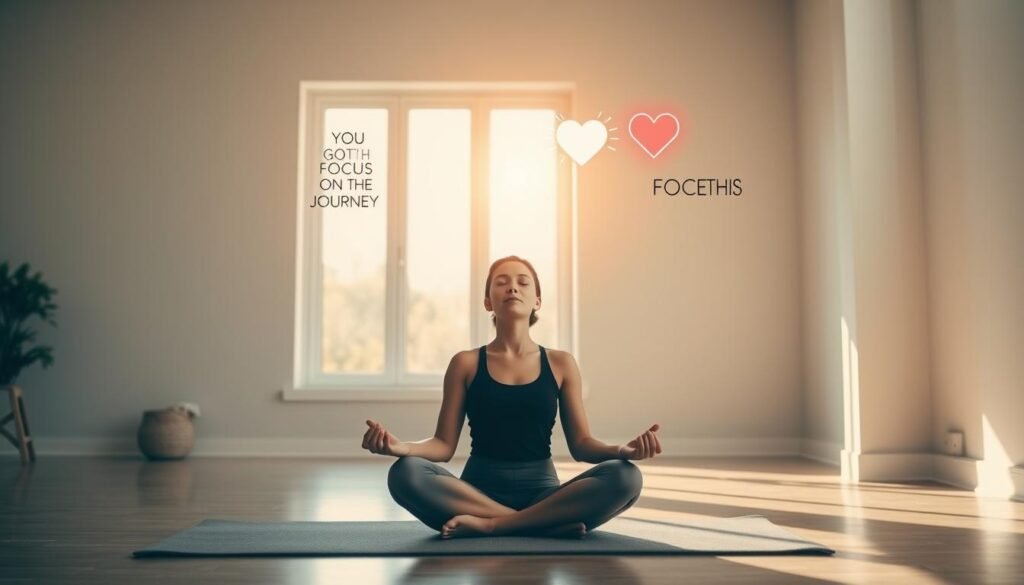
Reward Yourself for Achievements
Celebrating your progress helps keep good habits. Choose rewards that match your goals. For instance:
- Consistency: Get a new workout playlist after 10 days of exercise.
- Milestones: Buy new athletic gear when you reach a 5K goal.
- Effort: Treat yourself to a massage after mastering a tough routine.
Don’t use food as rewards to stay focused on health. Pick experiences or items that support your fitness journey, like fitness trackers or relaxing activities on rest days.
Visualization Techniques
Mental rehearsals get your body and mind ready for success. Try this 5-minute exercise every day:
- Find a quiet spot and close your eyes
- Picture yourself doing a workout perfectly
- Imagine the sounds, smells, and feelings
- See yourself celebrating with your reward
This method builds mental paths like physical practice. It makes workouts seem easier. If motivation falls, change your visualizations to focus on short goals or try new exercises to spark excitement.
Seek Professional Guidance
Getting expert advice can speed up your fitness journey and prevent injuries. You can choose a personal trainer or use digital tools. This ensures you stay safe and motivated. This section helps you find the right beginner workout guide for you.
When to Hire a Personal Trainer
Personal trainers, like those certified by NASM or ACE, create plans for your goals. They’re great if you’re recovering, learning form, or need motivation. Costs vary, but platforms like Thumbtack or ClassPass offer affordable sessions.
Trainers adjust your workouts as you get better. This makes them a good choice for long-term success.
Online Resources and Tutorials
Free YouTube channels like FitnessBlender and HASfit offer high-quality home workouts. Look for tutorials that include warm-ups, modifications, and clear instructions. Apps like Nike Training Club or Centr provide guided sessions and track your progress.
Always check if trainers are certified. Trainers like Kelli Segars (FitnessBlender) or Coach Kozak (HASfit) ensure their routines are science-backed.
Mix professional support with self-guided practice to keep your workouts interesting and effective. Use tips on nutrition, gear, and consistency to build a lasting fitness habit. Celebrate your progress and remember, every step is important.
FAQ
How do I start exercising if I’ve never worked out before?
Start with easy activities like walking, bodyweight exercises, or beginner yoga. Aim for 150 minutes of exercise weekly, broken into 10-minute sessions. Mix cardio, strength, and flexibility to keep your workouts balanced.
What’s the best way to set achievable fitness goals?
Set SMART goals: Specific, Measurable, Achievable, Relevant, Time-bound. Instead of “lose weight,” aim for “walk 30 minutes daily for 3 weeks.” Fitness coach Dan Peters suggests celebrating small victories to avoid burnout.
How can I eat better without strict dieting?
Use the MyPlate model: fill half your plate with veggies/fruits, ¼ with protein, and ¼ with carbs. Keep a simple grocery list with oatmeal, Greek yogurt, and frozen veggies. Drink lemon-cucumber infused water and hydrate before workouts.
What if I hate traditional gym workouts?
Try new things like dance apps, community sports, or SilverSneakers classes. Even gardening or playing with kids can be exercise. Find joy in moving, not just the intensity.
Do I need expensive gear to start?
No. Start with affordable cross-trainers (-) from brands like Nike or New Balance. Choose moisture-wicking fabrics for comfort. Use water bottles and towels for home workouts.
How do I stay consistent with a busy schedule?
Schedule 20-minute workouts: morning bodyweight circuits or lunchtime walks. Use habit stacking for quick exercises. If you miss a day, do a 5-minute stretch instead.
What free tools can help track progress?
Nike Training Club offers beginner programs, while MyFitnessPal tracks meals. Journal non-scale victories like improved sleep. Apps like Strava connect you with local walking groups.
How do I avoid gym intimidation?
Start in low-pressure places like outdoor trails or YouTube tutorials. Use conversation starters to build community. Remember, everyone starts as a beginner.
What are signs I’m overdoing it?
Look out for persistent soreness, insomnia, or irritability. Use the RICE method for strains. Swap intense workouts with active recovery to heal.
When should I hire a personal trainer?
Consider trainers for injury rehab or plateaus. Check for certifications like NASM or ACE. For beginners, HASfit’s free YouTube tutorials are helpful. Always prioritize safety over trends.
